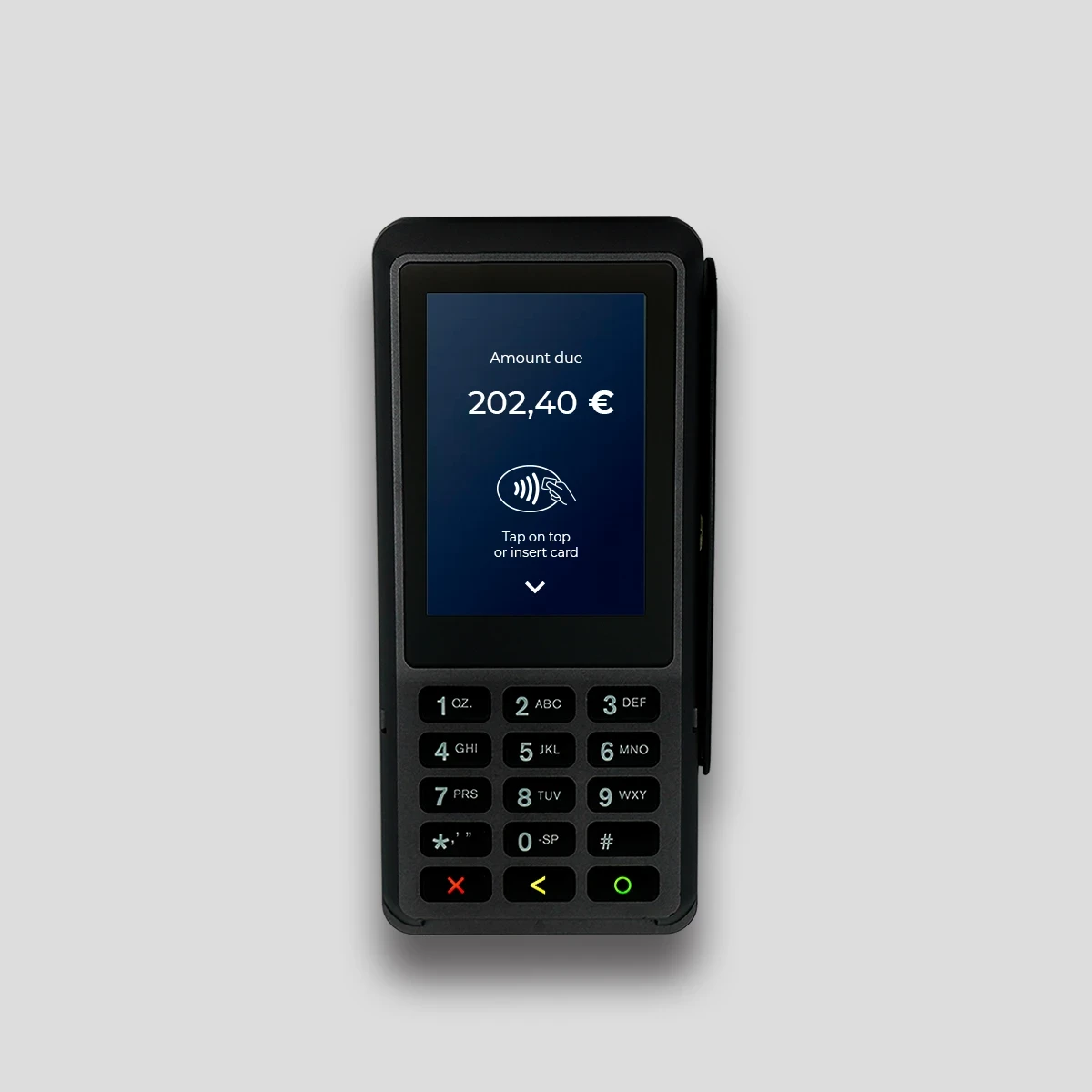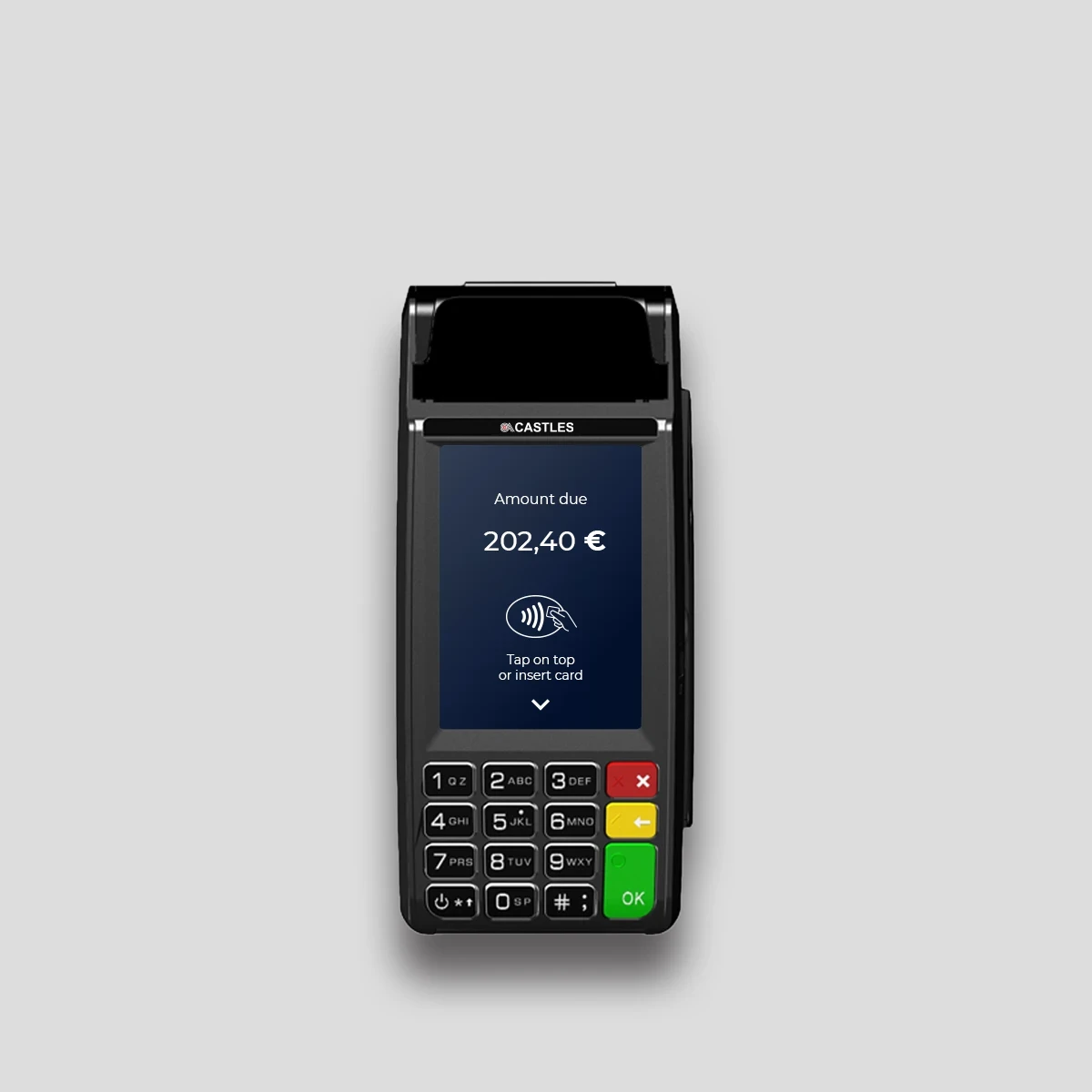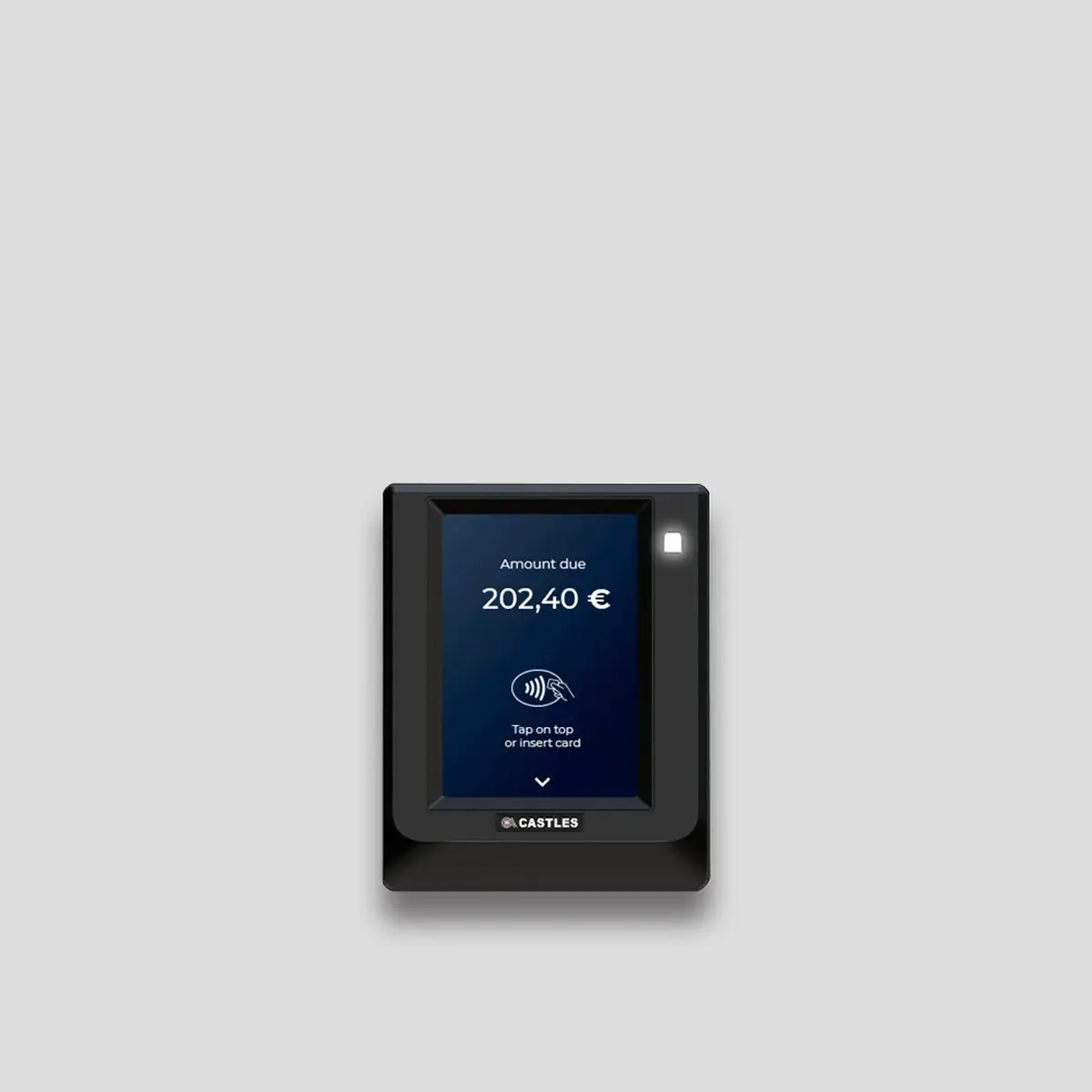Discover the 4 killer applications taking unattended to the masses
As self-service technology evolves at pace; we’re seeing all sorts of new use cases pop up across Europe. Here we spotlight the four retail sectors driving the biggest demand for unattended payment infrastructure at scale.
Since COVID, most generations are now avid cashless and digital shoppers. Consumers and businesses increasingly expect to discover, purchase and collect using unattended machines – especially if they’re faster and more convenient.
As self-service devices become more sophisticated, with easier-to-use and more intuitive interfaces, they are becoming the new payment choice for challenging locations and applications involving high transaction volumes.
Why is self-service in vogue?
Unattended technology can help merchants, governments and businesses solve the resource issues associated with accepting payments efficiently at scale. Consumers can also build better experiences by busting physical queues, reducing waiting times, delivering more connected digital services and creating better accessibility for the underserved.
Indeed, just about every physical purchase or information point has the potential for automated payments. However, when it comes to rolling out unattended projects at scale, there are four important use cases driving the most growth – EV charging, paperless ticketing, interactive vending, and unattended retailing.
The four big self-service use cases
1. Electronic Vehicle Charging
The drive for sustainability has seen a dramatic increase in the number of Electric Vehicles (EV) on our roads. In 2021, there were around 375,000 public charging stations in Europe, but this will need to reach at least 3.4 million by 2030. That means the current rate of rollout will have to increase from 1600 to 6000 a week. Charging on the go requires integrated acceptance devices that are robust, quick, easy to use and secure, and that can accept a wide variety of electronic payment options.
2. Paperless ticketing for transport
Across Europe, paperless ticketing is already transforming operations and creating better travel experiences for millions of people daily. It also makes economic sense for operators. Digitalisation has been shown to reduce ticketing costs by up to 85%. Given that in 2021, 5.2 billion passengers made national journeys in the EU, the scale and scope of these savings are immense. Switching to cashless is not just more efficient, it also helps Europe’s cities, and public and private transport providers to get smarter by providing access to a wealth of real-time behavioural data so they can identify trends, define travellers’ needs and allocate resources more effectively.
3. Grab and go vending
Vending machines have been around for decades, but advancements in payment and build technology are rapidly transforming the humble kiosk into powerful fulfilment, conversion and brand building tools with more functionality, presence and applications than ever before. Reflecting this, the global kiosk market, valued at USD 22.47 billion in 2022, is projected to more than double to USD 51.27 billion by 2031. Meanwhile, in Europe, the vending machine market is anticipated to reach USD 27.21 billion by 2028.
4. Unattended retailing
From self-checkout lanes and kiosks to fully autonomous stores, unattended retail is gaining momentum across Europe and the UK. By offering multiple options with different levels of interaction, grocery merchants can accommodate a broad range of customer preferences while minimising staff costs and serving more customers, faster. In 2022, the global market for Self-Checkout Systems was US$3.7 Billion and by 2030, it will be US$9.3 Billion. By 2026 there will be 1.5 million self-checkouts installed globally.
What to look for in high-volume self-service solutions
Looking across mass-market unattended applications, there are some key features that are critical for developers and integrators when building and specifying an integrated autonomous payment solution. These include:
- Multiple payment options including contactless and mobile wallet acceptance;
- Value-added software to connect hardware with business and;
- Ability to update connected device software remotely;
- Tools to capture and customise estate data for monitoring and reporting;
- Resilience, reliability and robustness with certified performance.
Putting unattended out in front
At Castles Technology, we rise to the challenge of providing secure, reliable and fast payments at scale – with everything needed to integrate robust and easy-to-use self-service features. This includes best-in-class hardware and software, merchant services and value-adds.
With our unattended solutions, businesses can rest assured that they are getting resilient build quality and outstanding functionality they can rely on, at a price they can afford – whatever their killer application.






